Schmelzmagnesia zeichnet sich durch hohe Reinheit aus, große Kristallkörner, dichte Struktur, starke Schlackenbeständigkeit, und gute Thermoschockstabilität. Es ist ein ausgezeichnetes elektrisches Hochtemperatur-Isoliermaterial und wird auch zur Herstellung hochwertiger Magnesiasteine verwendet, Magnesia-Kohlenstoff-Steine, und ungeformt Ein wichtiger Rohstoff für feuerfeste Materialien. Schmelzmagnesit wird häufig in der Metallurgie verwendet, Chemieindustrie, Landesverteidigung, wissenschaftliche Forschung, Luft- und Raumfahrt, Komponenten von Haushaltsgeräten, usw.
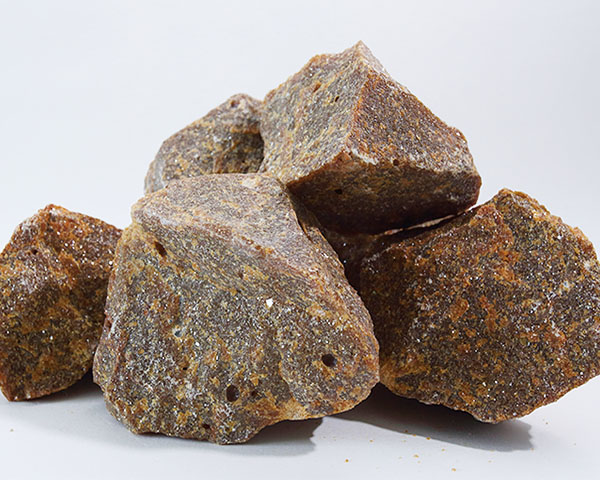
Physikalische und chemische Eigenschaften von geschmolzenem Magnesia
Die physikalischen und chemischen Eigenschaften von Large Crystal Fused Magnesia (LFM)
| Produktcode | Chemische Zusammensetzung (Massenanteil),% | Partikelschüttdichte g/cm’ | |||||
| MgO≥ | SiO2≤ | CaO≤ | Fe2O3≤ | Al2O3≤ | Verbrennungsverlust | ||
| LFM 99 | 99.00 | 0.30 | 0.60 | 0.35 | 0.10 | 0.08 | ≥3,51 |
| LFM 98.5 | 98.30 | 0.40 | 0.80 | 0.45 | 0.12 | 0.08 | ≥3,50 |
| LFM 98A | 97.70 | 0.55 | 1.10 | 0.60 | 0.12 | 0.10 | ≥3,50 |
| LFM 98B | 97.50 | 0.60 | 1.20 | 0.65 | 0.15 | 0.12 | ≥3,49 |
| LFM 97A | 96.80 | 1.00 | 2.00 | 0.70 | 0.15 | 0.15 | ≥3,45 |
| LFM 97B | 96.50 | 1.15 | 2.30 | 0.75 | 0.18 | 0.20 | ≥3,42 |
Die physikalischen und chemischen Eigenschaften von elektrisch geschmolzenem Magnesia mit hohem Kalziumgehalt (HFM (C/S≥2))
| Produktcode | Chemische Zusammensetzung (Massenanteil),% | Partikelschüttdichte g/cm’ | |||||
| MgO≥ | SiOz≤ | CaO≤ | Fe2O3≤ | Al2O3≤ | Verbrennungsverlust | ||
| HFM 98 | 97.70 | 0.60 | 1.20 | 0.65 | 0.12 | 0.10 | 3.50 |
| HFM 97 | 96.80 | 0.85 | 1.70 | 0.75 | 0.15 | 0.15 | 3.48 |
| HFM 96 | 96.00 | 1.20 | 2.40 | 0.85 | 0.18 | 0.18 | 3.45 |
Die physikalischen und chemischen Eigenschaften von gewöhnlichem Schmelzmagnesia (FM)
| Produktcode | Chemische Zusammensetzung (Massenanteil),% | Partikelschüttdichte g/cm’ | |||||
| MgO≥ | SiOz≤ | CaO≤ | Fe2O3≤ | Al2O3≤ | Verbrennungsverlust | ||
| FM 98 | 97.50 | 1.00 | 1.50 | 0.65 | 0.10 | 0.10 | ≥3,50 |
| FM 97 | 96.50 | 1.30 | 2.00 | 0.70 | 0.15 | 0.15 | ≥3,48 |
| FM 96 | 95.50 | 2.50 | 2.30 | 0.80 | 0.18 | 0.18 | ≥3,45 |
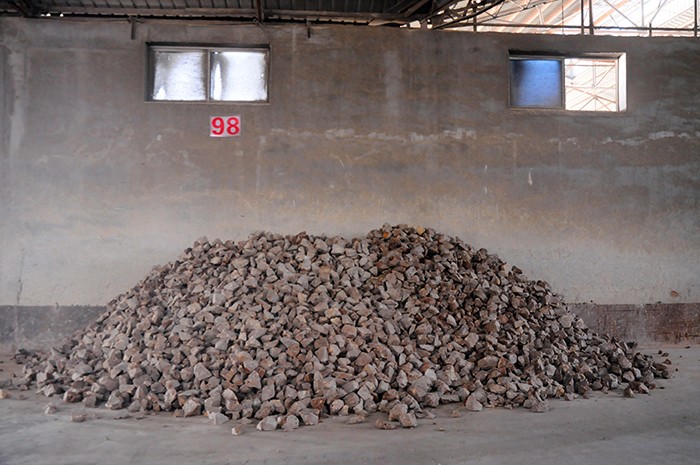
Der spezifische Herstellungsprozess von Schmelzmagnesit
In der spezifischen industriellen Produktion, Auch die Rohstoffe für Schmelzmagnesia unterschiedlicher Spezifikation sind unterschiedlich. Gewöhnliche Schmelzmagnesia verwendet Magnesit normalerweise direkt als Rohstoff, während großkristallines Schmelzmagnesia leicht gebranntes Magnesium als Rohmaterial verwendet. Die Ausrüstung besteht aus Unterpulveröfen, die meist drei regenerierte oder nicht regenerierte Graphite verwenden. Der spezifische Prozess ist: Zuführung → Zündung und Anheben der Elektrode → allmähliche Zuführung → Schmelzen (Magnesit wird durch die durch Hochstrom erzeugte Hitze gesintert und geschmolzen) → natürliche Kühlung → Zerkleinerung, Einstufung, und Sortieren → Lagerhaltung.
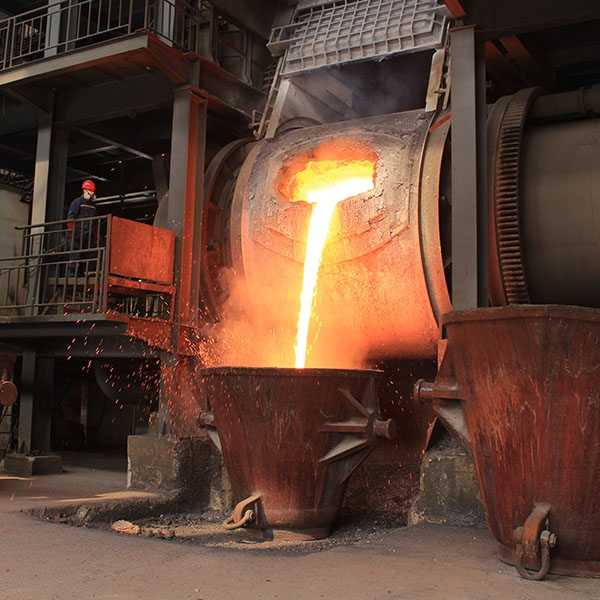
Vorteile von Schmelzmagnesia
Es hat eine vollständige Struktur, dichte Struktur, hoher Schmelzpunkt (bis 2800°C), stabile chemische Eigenschaften, hohe Druckfestigkeit, starke Isoliereigenschaften, Erosionsbeständigkeit, und Korrosionsbeständigkeit. Es ist ein wichtiger Rohstoff für die Metallurgie, Baumaterial, Leichtindustrie, Ofenauskleidung, und Schüttgüter. Es ist auch ein unverzichtbarer und wichtiger feuerfester Werkstoff in Stahl, Zement, Glas, Schmelzen von Nichteisenmetallen, und andere Branchen.

Hauptanwendungen von Schmelzmagnesit
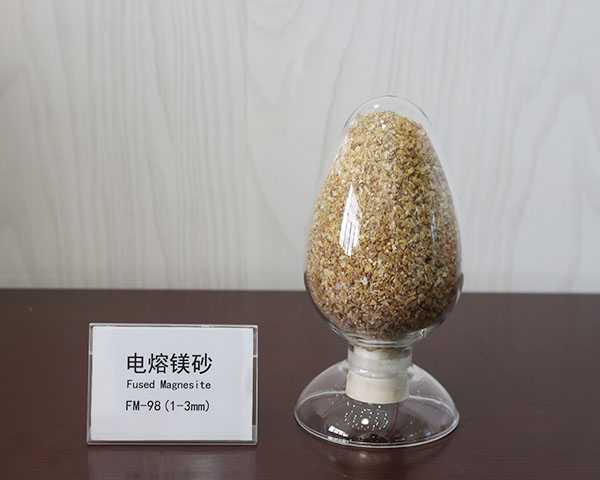
In der metallurgischen Feuerfestindustrie, Es wird zur Herstellung von feuerfesten Hilfsstoffen wie hochreiner Schmelzmagnesia verwendet, Spritzmaterialien, und Rammmaterialien, sowie spezielle feuerfeste Steine wie Fließstahlsteine, Magnesia-Steine, Und Magnesia-Chrom-Steine. Es kann auch bei der Vakuum- und Nicht-Vakuum-Induktion verwendet werden. Es wird als feuerfeste Auskleidung in Öfen und Elektrolichtbogenöfen verwendet. Es ist ein idealer Rohstoff für die Herstellung von Magnesiumoxidtiegeln, Ofenblasen, und verschiedene Hochtemperaturgehäuse.
 Rongsheng Refractories Factory
Rongsheng Refractories Factory
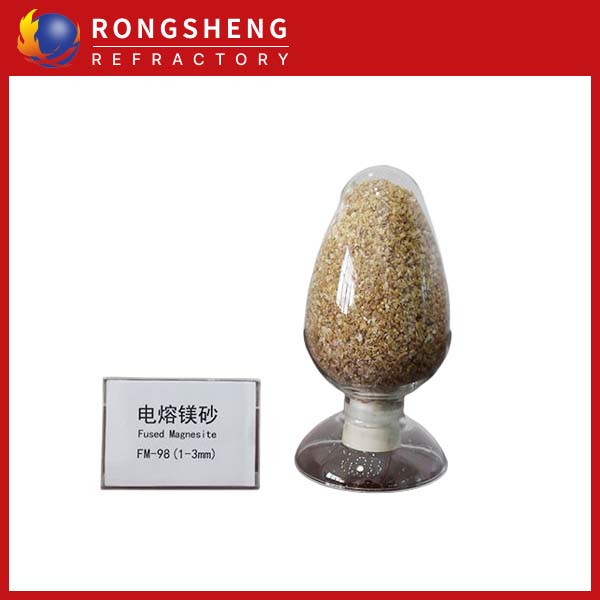
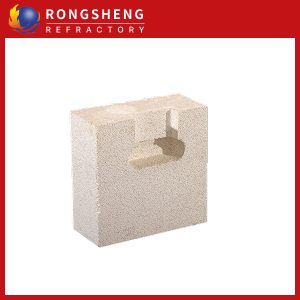
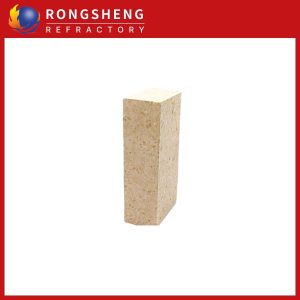
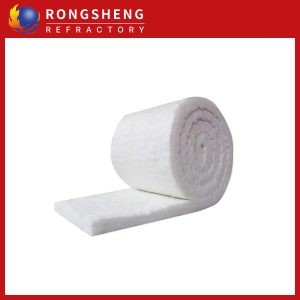
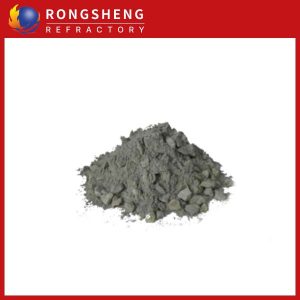
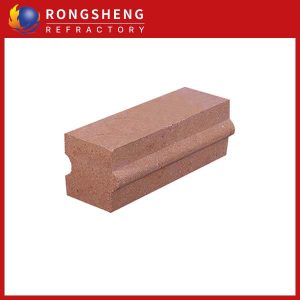
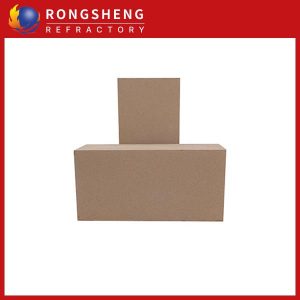
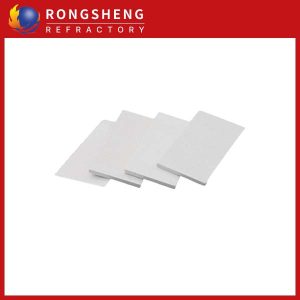
WeChat
Scannen Sie den QR-Code mit wechat